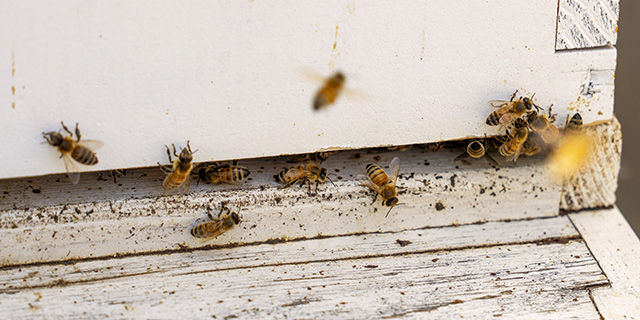Letter: Owl species breed freely in nature
Published 10:58 am Thursday, December 17, 2009
In the early 1960s I took an ornithology course (study of birds). I learned that new bird species were often established when they became isolated and they would not breed when reintroduced. If upon reintroduction they did breed and produced viable offspring they were not considered a distinct species.
At the time I took this course we had yellow-shafted flickers (Colaptes auatus) and red-shafted flickers (Colaptes cafer). The yellow-shafted species was east of the Rocky Mountains and the red-shafted species was west of the Rocky Mountains. We also had barred owls (Strix varia) east of the Rocky Mountains and spotted owls west of the Rocky Mountains.
Over time the eastern species moved westward and when they did they bred with the resident western species and produced viable offspring. After observing this for a number of years scientists did an interesting thing. They recognized that the two flicker species should be listed as a single species and they are now called northern flicker (Colaptes auatus). In the case of the owls the offspring were called sparred owl, but they are not recognized as a distinct species even though they produce viable offspring.
According to your article they are planning to kill the barred owls to keep them from breeding with the spotted owls.
I hope the fact that spotted owls were used as the basis for stopping logging in much of our national forest is not the motivation for not recognizing the sparred owl, barred owl and spotted owl as the same species even though they breed freely in nature.
Carlisle Harrison
Hermiston





